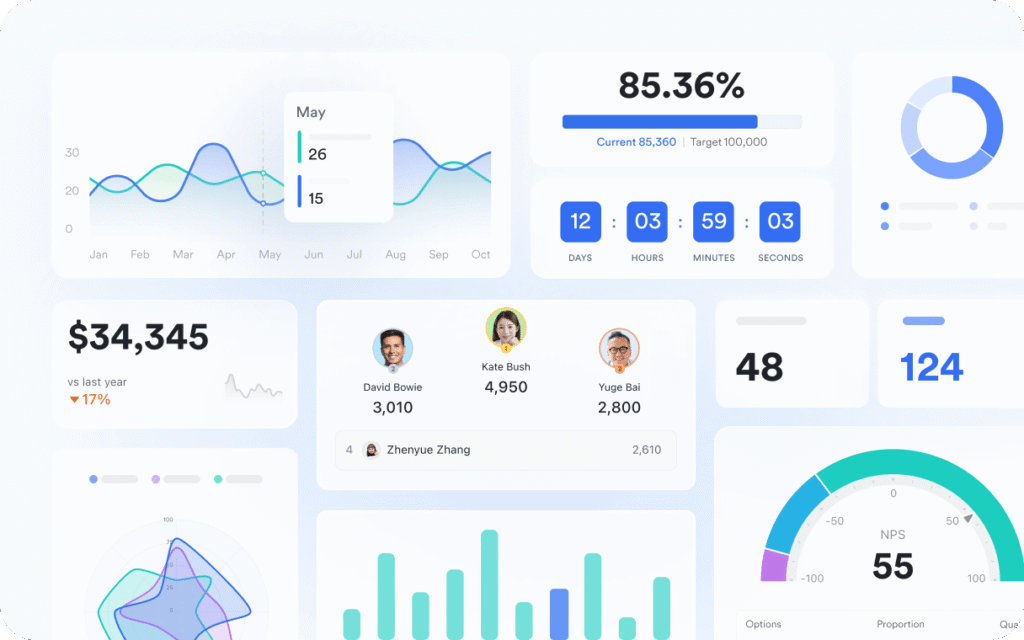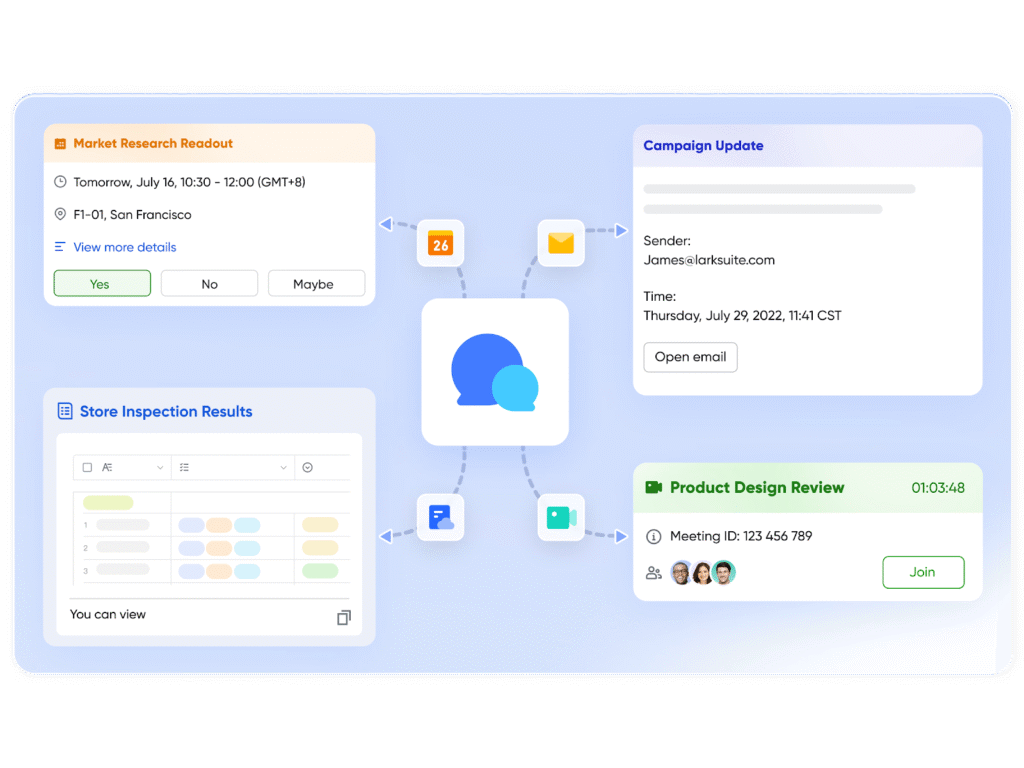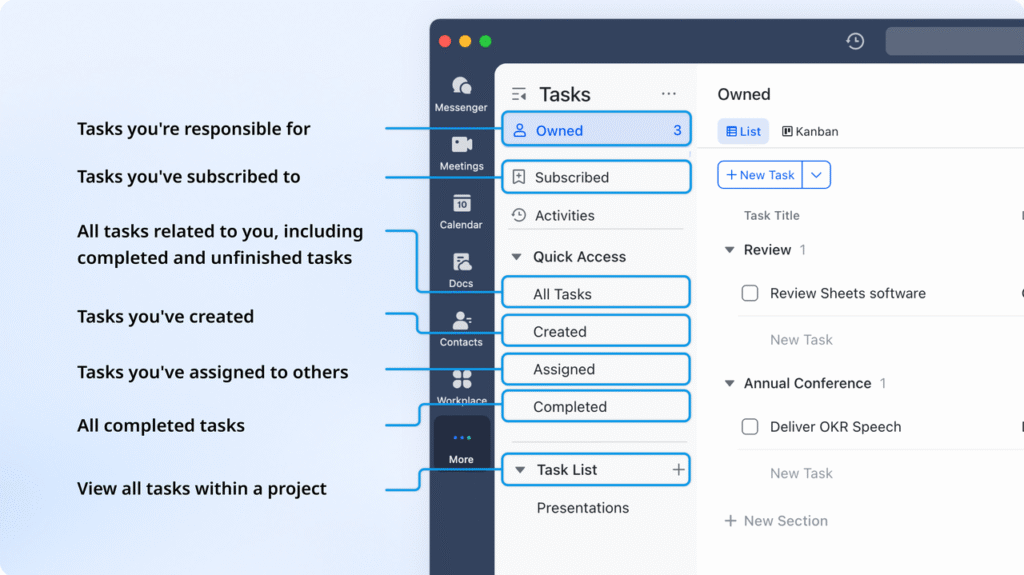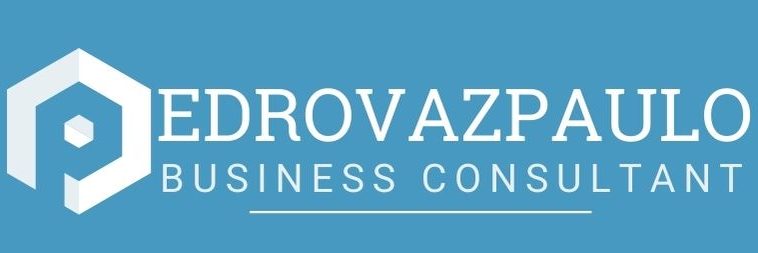Keeping great talent is as important as attracting talent. Employees want more than just to be paid; they want clarity, flexibility, and tools that help them work productively. When teams are held back by poor communication or siloed systems, frustration skyrockets and productivity plummets; it’s only a matter of time before turnover begins to rise. This is why organizations are investing in digitally-connected project management tools that improve collaboration, reduce friction, and provide employees with a supportive environment. A digitally-connected workspace doesn’t just help with efficiency — it has direct impacts on job satisfaction and retention.
Employees will stay longer when their day-to-day work feels healthy and manageable. By removing repetitive obstacles and enabling clear lines of communication, digital workflows make it easier for people to be in a position to contribute meaningfully to their organization. Lark provides this baseline, allowing organizations and teams to maintain an integrated suite of tools that keep teams aligned, engaged, and inspired to grow alongside the organization.
Lark Base: Bringing order to complex workflows

Clarity is one of the biggest drivers of employee satisfaction. Lark Base gives teams structured visibility into projects, customer data, and internal workflows, reducing the need to chase updates across spreadsheets and emails. Instead of being just another tool, Base also provides the cornerstone for CRM app workflows, linking responsibilities, progress, and context in one place and bringing structure and transparency across the business.
This transparency helps reduce stress, especially in fast-moving environments. When employees understand what’s expected of them and how their work contributes to larger organizational goals, they feel more engaged and less likely to experience burnout. Base also adapts to different team needs, from managing product roadmaps to tracking client feedback, giving employees confidence that their efforts are aligned with business priorities.
Lark Messenger: Building stronger connections

To enable retention, belongingness or connections to other people are key. Lark Messenger provides employees with authentic, real-time communication that extends beyond transactional notifications. Teams can exchange files, set up impromptu group chats for focused discussion, and enjoy visibility into other functional teams’ projects. These immediate exchanges build trust and make employees feel connected to their coworkers, even when hybrid or distributed.
Messenger also cuts down frustration (and time) that comes from excessive email chains and waiting for approvals. When giving employees a way to signal their decisions or engage in discussions in a prompt manner, an organization can cultivate a responsive work culture. Additionally, responsiveness binds directly to satisfaction as employees feel they are heard and that their time is valued.
Lark Tasks: Empowering accountability and growth

One of the biggest retention risks is when employees feel overburdened or unclear about priorities. Lark Tasks solves this by turning conversations into actionable assignments with deadlines and owners. Employees gain visibility into what matters most and avoid being blindsided by unclear expectations.
For teams handling repetitive processes, Tasks support scalability through an automated workflow that removes manual busywork. By reducing administrative overhead, employees can focus on higher-value contributions, which fosters engagement and a sense of accomplishment. When people see that their work drives results, they are more motivated to stay.
Lark Docs: Encouraging knowledge sharing and collaboration
Access to knowledge is another cornerstone of retention. Employees thrive when they can easily find the information they need to succeed. Lark Docs enables teams to create living documents that capture policies, project plans, and shared insights. Instead of siloed files or inconsistent updates, Docs keeps information up to date and accessible.
This kind of open documentation reduces onboarding friction for new hires and ensures long-term employees don’t waste time repeating work. By creating a culture of shared knowledge, organizations foster collaboration and reduce frustration — two factors that strongly influence whether employees remain engaged.
Lark Meetings: Strengthening relationships and trust

Connection to other human beings, aka humans, is a huge piece of retention. While messaging tools are efficient, there is no substitute for actual interaction, even if virtual. Lark Meetings allows employees to connect via video calling, share screens, and work in real-time. Complex tasks with the potential for causing asynchronous stress become easier to navigate with live touch points.
Furthermore, meetings can foster relationship-building across departments, allowing employees to feel part of the culture, not just completing the work, and allowing organizations to create opportunities for conversations, brainstorming, and recognition from peers that seemingly address some of the feelings of isolation and re-establish a sense of team.
Lark Mail: Reducing silos in communication
Email is still an important medium for many organizations, but isolated inboxes can leave employees feeling isolated and can inhibit progress. Lark Mail places email in a collaborative context and connects emails with tasks, Docs, and Messenger; emails can be connected to other collaborative tools, providing employees with one place to manage both internal and external communications and making their lives feel a little less frustrating and saving them time.
When employees are not constantly switching between tools or redoing work, they have more focus and feel less stressed. When email is streamlined with other collaborative features, Lark Mail helps to provide a smoother employee experience in a way that nurtures retention.
Conclusion
Retention is more than just perks; it is the experience employees have every day in the workplace. With disconnected tools throughout the work week, they will result in alignment problems, wasted energy, and frustration, all things which move employees towards the exit sign. A connected digital solution like Lark changes the disengagement between tools. Lark connects communication, project visibility, task management, connected knowledge sharing, meetings, and email into an experience where employees can thrive.
When employees feel that their time is respected, their contributions have value, and their work is connected to outcomes, they are much more likely to stay and grow in the organization. Digital-first approaches like Lark do more than just drive efficiency; they drive trust, clarity, and engagement important for long-term employee retention.
Source: https://pedrovazpaulo.co/







